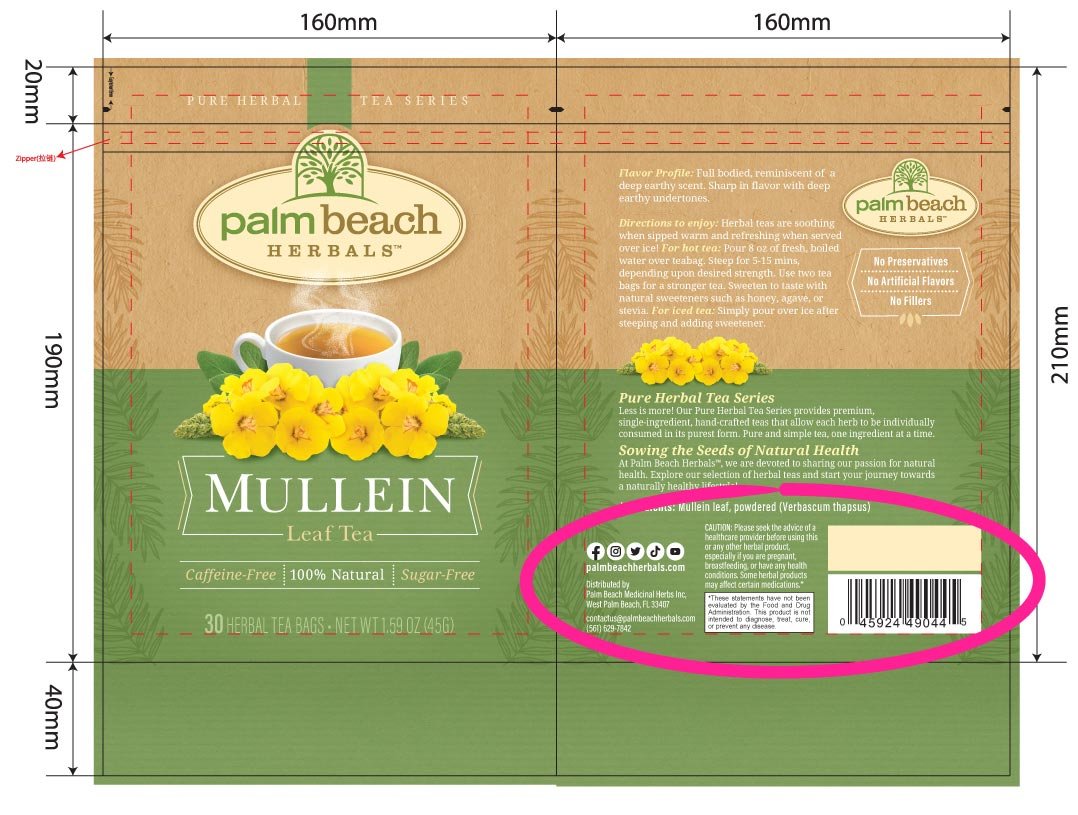Package Design Legal Requirements
Figuring out the legal requirements for different kinds of packaging can be a complicated, confusing, and costly venture. At Lien Design, we've had 20 years experience not only designing packaging, but prepping it to print correctly and to be legally correct and ready to be sold in stores.
Navigating the ever-evolving landscape of food and beverage packaging can be daunting, especially when it comes to legal requirements. Food and Drug Administration (FDA) plays a significant role in ensuring transparency and consumer safety through its intricate labeling regulations. Let us discuss the crucial aspects of FDA-mandated food and beverage label design.
Click to enlarge
We recommend letting professionals handle your complicated packaging legal requirements, especially if you want a great ROI for your package design; one mistake on your end and you could wind up having to reprint thousands of products, and destroying your bottom line.
Not only do we have experience preparing the legal requirements for the graphics, but we also partner with professionals to help you at every step of your amazing product design, including trademark specialists, Nutrition Facts specialists, product lawyers, food and beverage analysts and engineers, to make sure your package is not only beautiful, but meets all the federal regulations to be sold in the United States.
Below are some resources that will help you get started understanding what you need for you packaging design requirements:
Register your trademark with confidence and secure your brand.
Cohn Legals's decades of experience can help you with:
• Consultation with a Trademark Attorney
• USPTO Trademark Search in Database
• Preparation of Trademark Application
• Draft of Trademark Application for client review
• Submission of Trademark Application
• Docketing of your trademark application once filed with the US • Government
• Electronic Trademark Registration Certificate
Trademark specialist: https://www.cohnlg.com
United Foods Labs is a trusted partner with over 20 years of experience with FDA compliant ESHA software program & ISO certified laboratories. They provide:
Food Labels
Providing FDA compliant labels using database analysis which is the nation’s leading database software, ESHA.
Food Testing
ISO certified laboratories
Food Consulting
We work closely with food scientists to help you get your product to market.
Pet Food Testing
Testing nutritional compositions, microbiological testing, and providing AAFCO certified labels.
FDA ingredients, packaging & labeling requirements: http://www.fda.gov/Food/IngredientsPackagingLabeling
Structural packaging engineering: thepackagesolution.com
Free UPC and barcode generator: http://www.barcode-generator.org
http://www.onlinelabels.com/label-generator-tools/Barcode-Generator.aspx
Free QR code generator: http://www.onlinelabels.com/label-generator-tools/QR-Code-Generator.aspx
Free nutrition facts label generator: http://www.onlinelabels.com/label-generator-tools/Nutrition-Label-Generator.aspx
1. The Star of the Show: Nutrition Facts Label
Among other features, nutrition facts labels are arguably the most obvious in almost all packaged foods. Calorie content, fats, carbohydrates, proteins and other essential nutrients are readily available for consumers who come across this standardized format. In addition to that, there are other specifics required like serving sizes, daily values, nutrient footnotes in order to facilitate clear and consistent communication.
Click to enlarge
2. Transparency is Key: Ingredient List
Consumers need access to information about what they eat. The ingredient list which is located after the nutrition facts label has to depict all ingredients starting with the highest percentage of weight and going down. Such substances can also include additives or even preservatives as well as spices. Therefore, it should be written in a simple language that does not confuse people with technical jargon.
3. Protecting Consumers from Harm: Allergen Labeling
Precise labeling is critical for individuals with food allergies. For instance, FDA mandates that eight major allergens be clearly marked; milk, eggs, peanuts/tree nuts.soys/fish/ shellfish/wheat This might usually appear in bold or italicized fonts so as to make them stand out. At times companies may also have reasons to mention potential cross-contaminations risks.
Click to enlarge
4. Be Clear and Accurate: Name of the Food
The name of the product must be truthful and not misleading. It should truthfully represent what kind of food it is made from or its composition. Generic terms such as “fruit salad” or “vegetable mix” are fine but where specific ingredients are mentioned like “strawberry kiwi salad” they must be substantial.
5. Knowing What You’re Paying For: Net Quantity of Contents
Consumers have the right to know what exactly they are buying in terms of volume. The net quantity of contents should be stated conspicuously on the label and be expressed in grams, ounces, or liters. It is important that these details can easily be found and understood without any ambiguity.
Beyond the Basics: Additional Considerations
However, those are some of the core FDA requirements for food and beverage label design; note that there may be other regulations specific to a product category or claims made on the label. This is an example where organic or dietary supplement labeling has different rules.
Staying abreast with the latest FDA regulations is important for food and beverage manufacturers in order to comply with standards and avoid possible legal implications. By focusing on clearness, accuracy, and transparency when designing their labels, firms can meet all law demands as well as establish faithfulness among customers.
Remember however that a good label design does not only serve as a legal requirement but also empowers consumers to make informed choices about their eating habits.
Note: Lien Design does not necessarily endorse any of the resources above. Lien Design will not be held responsible for any work done with outside companies.
Need help with your FDA approved Nutrition panel?









